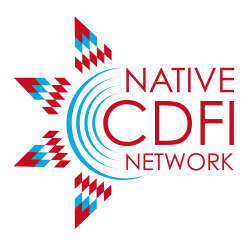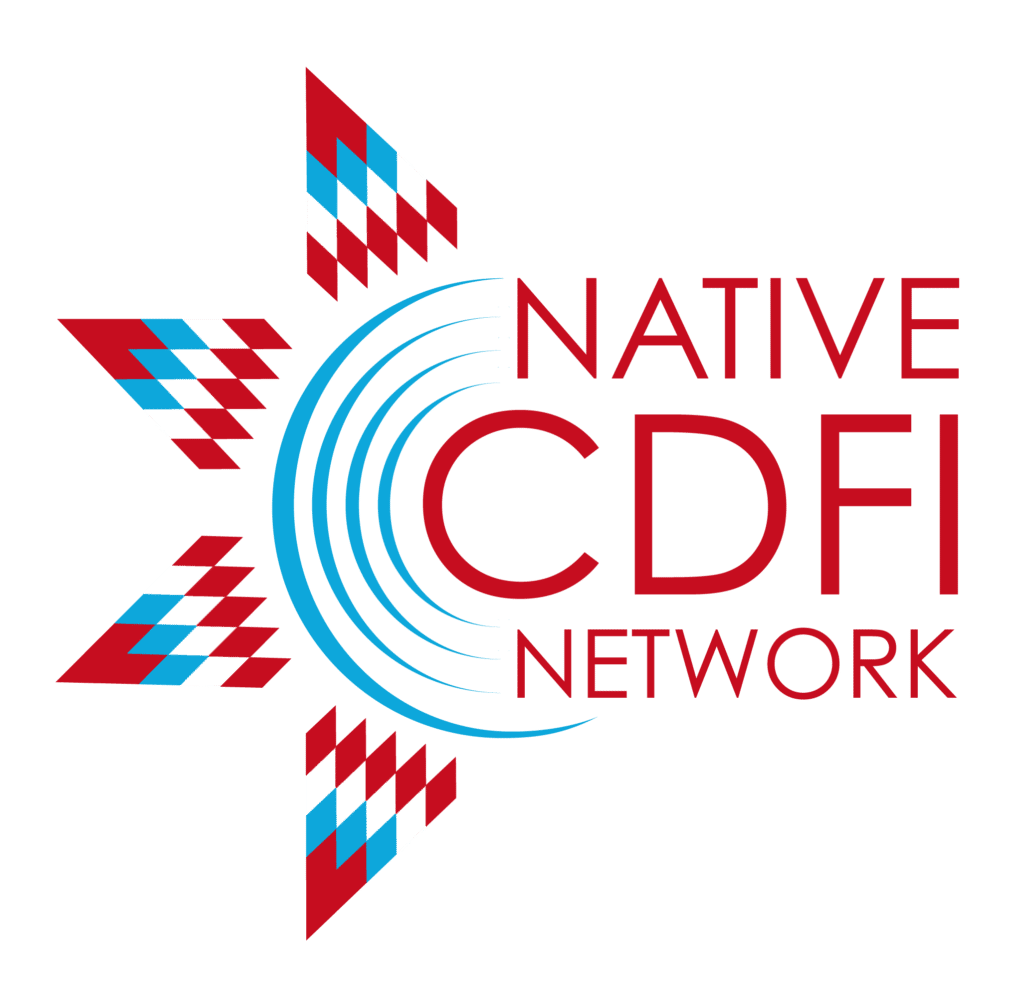Rural Business Development Grant (RBDG)
Intermediary Relending Program (IRP)
Rural Microentrepreneurial Assistance Program (RMAP)
Business and Industry (B&I) Loan Guarantee Program
Funding Structure
Grant
Loan
Both
Loan
Maximum Term
30 years
20 years
?
Funding Frequency
Annually
Quarterly
Quarterly
Year-round
Interest Rate
Fixed 1%
Fixed
Indirect cost rates
Match Requirement
?
15%
?
Eligible Projects
Working capital
Debt refinancing
Improving real estate
Establish new business
Establish and support microlending programs.
To purchase or develop land
To purchase equipment
For pollution control and abatement
For transportation services
Professional fees, ie, architects, lawyers, engineers, accountants.
Towards the building of hotels, motels, convention centers
For educational institutions
For aquaculture-based rural small business
To establish revolving lines of credit
Technical assistance and training
Feasibility studies and business plans
Rural business incubators







